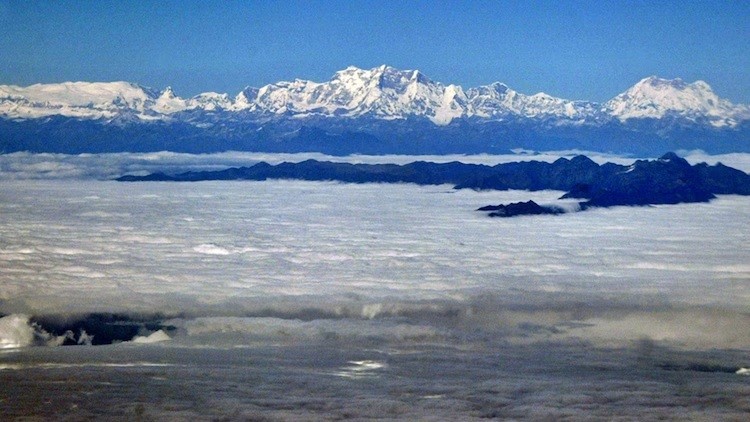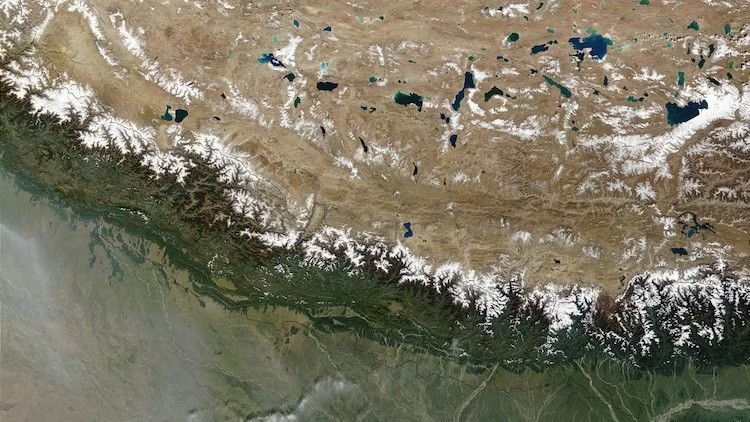17/01/2024
17/01/2024

SAN FRANCISCO, USA, Jan 17, (Agencies): The Indian tectonic plate, a key player in the formation of the Himalayan mountain range, is undergoing a groundbreaking transformation beneath the Tibetan plateau, according to seismic data presented at the American Geophysical Union conference in San Francisco.
The traditional understanding of the collision between the Indian and Eurasian plates, resulting in the Himalayas, is being challenged by this revelation.

Geologists have long believed that the Indian plate was subducting smoothly beneath the Eurasian plate, leading to the uplifting of the Himalayas.
However, the new seismic analysis suggests a more complex scenario. Instead of a uniform subduction, the data indicates that the dense base of the Indian plate is delaminating, peeling away and descending into the mantle, while the lighter top portion continues to scrape just beneath the Eurasian plate.
Led by geophysicist Lin Liu from Ocean University of China, the research team utilized 'up-and-down' S-wave and shear-wave splitting data from 94 broadband seismic stations across southern Tibet, combined with 'back-and-forth' P-wave data. This approach provided a detailed view of the intricate subterranean dynamics involved.
The findings reveal that the Indian plate is experiencing a structural separation, with some sections remaining relatively intact, while others fragment approximately 100 kilometers below the surface. This allows the base to deform into the Earth's mantle.
The seismic investigation aligns with geological models based on helium-3 enriched spring water and surface fractures and earthquake patterns. Collectively, these findings indicate significant tectonic activity beneath the Himalayas. This discovery not only challenges existing models of mountain formation but also has implications for earthquake prediction. A clearer understanding of the three-dimensional interactions between tectonic plates can enhance scientists' ability to comprehend the Earth's surface evolution and potentially improve the accuracy of seismic event predictions.


